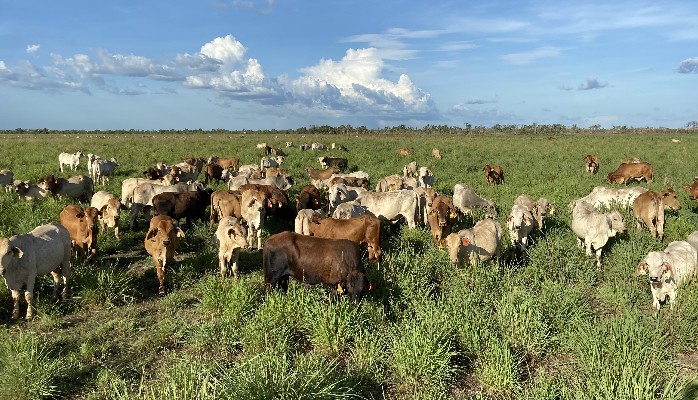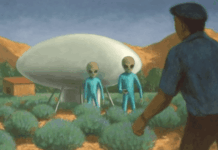A young rancher understands more about the environmental relationship between ruminants & methane, soil, water & carbon than the WHO & most every government in Europe & N. America combined. He explains in 3 mins what they can’t learn in a lifetime.pic.twitter.com/mhnk51THGa
h/t…
— 💯 Cary Kelly 💯 (@CaryKelly11) February 5, 2024
Grazing is regenerative agriculture, the best single way to sequester carbon from the atmosphere into the soil, by grazing off plants and bringing the cattle in.
We’re managing a “solar panel”. It needs to be green and growing so it can capture sunlight and pull carbon from the air and put it into its roots, but those plants will stop doing that if they get too tall, or they get too short.
So what farmers do with their cattle is they come in and graze those plants off, so they rest it, they prune the solar panel so it doesn’t get too tall and then they leave and it rests, and that graze rest recovery is actually a cycle of pulling carbon from the air into the plant roots.
When those plants get grazed they actually release that carbon into the soil and in turn pick up water and other minerals from the soil. Microbiological activity causes our soils to be living and alive instead of dead and sterilized, and year after year putting it into our soil which produces more grass, which the allows us to graze and produce more cattle
Seventy percent of the Earth’s land is land is not suitable for tillage, which is to say, it’s not arable, and if you just say we’re not going to do any cattle grazing you’ve completely given up the ability to produce food on that acreage and you’ve lost your single best tool to actually restore that land.
There are groups out there that have done these same principles in the desert and transformed desert landscapes into something that looks just beautiful and lush. Cattle can be a tool to heal that and in terms of water and in addressing that they do drink a lot of water.
However as they graze, that water then filters down through healthy soil and it actually is a system that helps increase soil life and activity. By drinking that water they are continually watering the fields and they’re not as reliant on rainwater, and so that cycle actually builds health and builds ecology deep into the soil and there’s no net loss of water in that system because it is a closed system.
As for methane, we know that cattle burp and release it. It is called a “greenhouse gas” but in the last few years they have discovered that if you take a field that’s been grazed and regenerated with cattle for a few years, that soil has microbes in it that break down methane.
They didn’t think there was a microbe that could handle methane and as it turns out they do. When they measured the total amount of microbes it turns out that these microbes in the soil that support, say 100 cows, are actually capable of breaking down the methane from way more than 100 cows.
It’s all about how you take care of it, they can be a tool of destruction or they can be a tool of life, it really first comes down to how you care for them, and with cows. – Carey Kelly, US
Disclaimer: We at Prepare for Change (PFC) bring you information that is not offered by the mainstream news, and therefore may seem controversial. The opinions, views, statements, and/or information we present are not necessarily promoted, endorsed, espoused, or agreed to by Prepare for Change, its leadership Council, members, those who work with PFC, or those who read its content. However, they are hopefully provocative. Please use discernment! Use logical thinking, your own intuition and your own connection with Source, Spirit and Natural Laws to help you determine what is true and what is not. By sharing information and seeding dialogue, it is our goal to raise consciousness and awareness of higher truths to free us from enslavement of the matrix in this material realm.
 EN
EN FR
FR


























